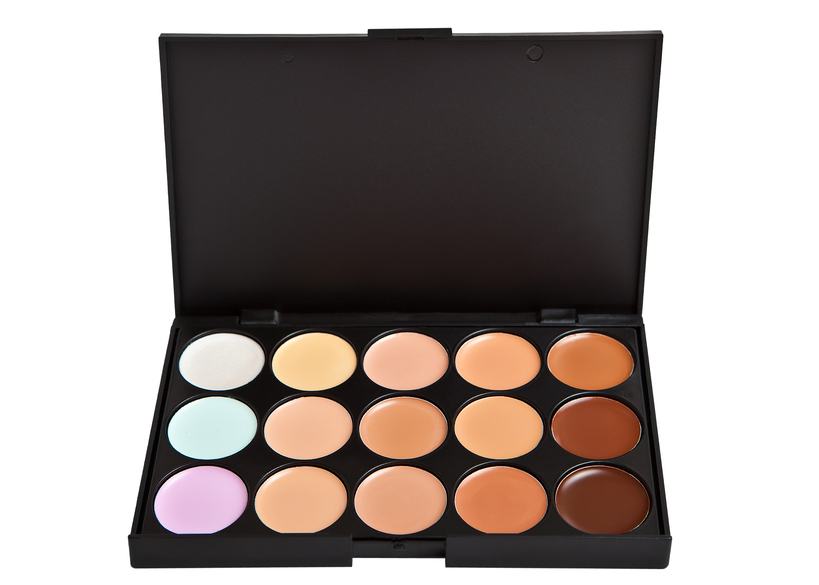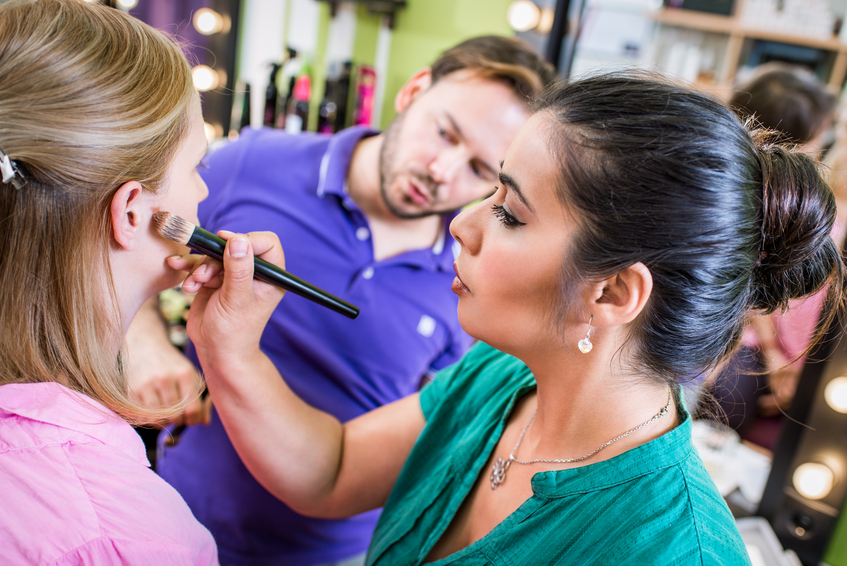
Colour correcting is the newest craze to hit the makeup scene
One of the newest trends in makeup is actually not a new trend at all, but a rediscovered way to achieve a face worthy of forgoing Snapchat and Instagram filters. That’s right; colour correcting has taken the beauty industry by storm (again!) with many major beauty brands releasing lines of colourful liquids, pencils, and powders. Colour correcting is the practice of countering imperfections of the skin using a carefully selected colour corrector. It is the perfect solution for creating a flawless base on your client’s skin before working your makeup magic.Makeup artists everywhere agree that colour correcting can work magic, when used wisely. Read on to discover the amazing powers colour correcting holds for aspiring makeup artists!
Grads of Makeup Artist School Might Know to Start With the Colour Wheel
As graduates of
makeup artist school might know, the first rule of colour correcting is understanding the colour wheel. Whatever colour you are trying to neutralize on your model’s face, you must use the opposite colour on the wheel. For example, if you want to neutralize red spots, like pimples, you must use a green product in order to counter those tones. Peach and orange can be used to eliminate dark blue/purple circles under the eyes and light purple and violet can be used to brighten sallow and sickly looking skin.

The colour wheel helps makeup artists identify what colour corrector to apply
Professionals With Makeup Artist Training Know Not To Overdo It
Colour correcting has been around for a long time, but with a rocky past. The last time the general public was using colour correcting products, people were walking around with green pimples and yellow under their eyes. However, times have changed and products have been perfected. Today, it’s not just makeup artists and professionals who are colour correcting successfully—makeup lovers everywhere have access to fantastic products, and are learning to use them with a little less liberty.Professionals with
makeup artist training know it’s important to not overdo colour correcting. The second rule of colour correcting is to apply it in light and blendable layers. Remember, correcting is meant to set the stage and provide a natural base for the rest of the makeup, rather than draw attention to itself.
Professionals With Makeup Artist Training Know to Blend Carefully
The third rule of colour correcting is to remember that you are correcting and not covering. When colour correcting has been executed correctly, you should be able to use less concealer and foundation than you normally would.Corrector should be applied to problem areas in light layers. Then, you should apply cover-up and foundation. The key is to avoid using a buffing motion when applying the foundation, as it will take all the product with it and turn your model’s face into one big colour correction mess. Instead, precisely pat the foundation onto the face so as to not disturb the product underneath. With a gentle pat of foundation in place, your future clients will be left with flawless complexions.

Makeup artists carefully blend colours when colour correcting




